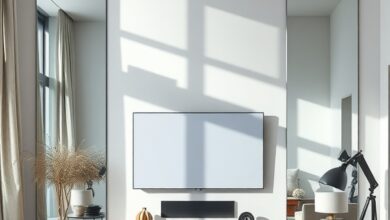Energize Your Mornings: Designing The Sunrise Home for Vibrant Starts Instead of Evening Wind-Downs
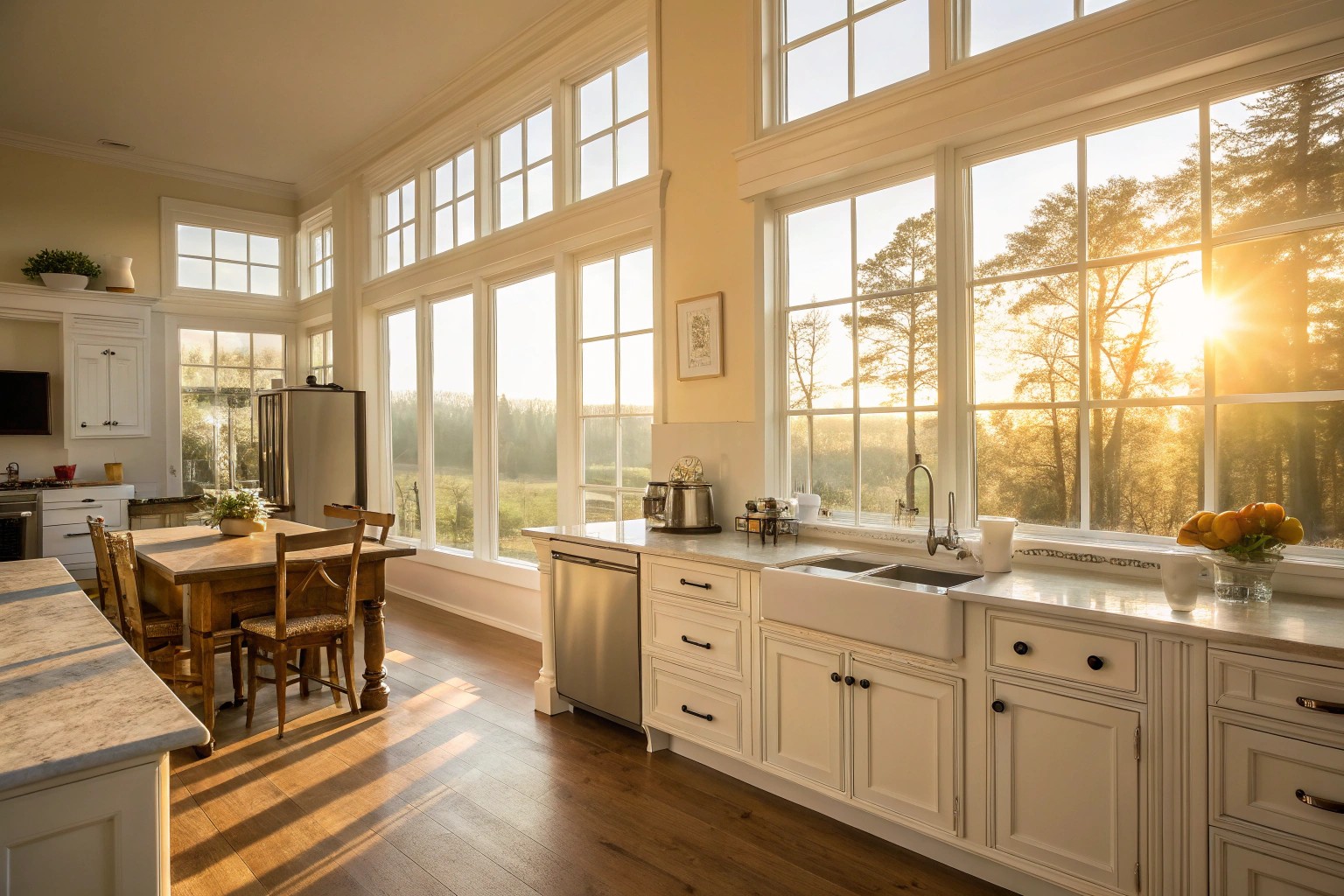
Throughout my extensive experience designing residences across the United States, I’ve observed a subtle yet impactful shift in homeowner priorities. Increasingly, clients seek environments that invigorate and stimulate productivity rather than merely offering comfort. The concept of the Sunrise Home transcends simply welcoming the dawn; it’s about crafting living spaces that amplify your peak morning performance and harmonize with your body’s innate biological clock. This comprehensive guide delves into how architectural design, interior aesthetics, and landscaping can be orchestrated to capture and enhance morning vitality.
The Science Behind Morning-Centric Home Design
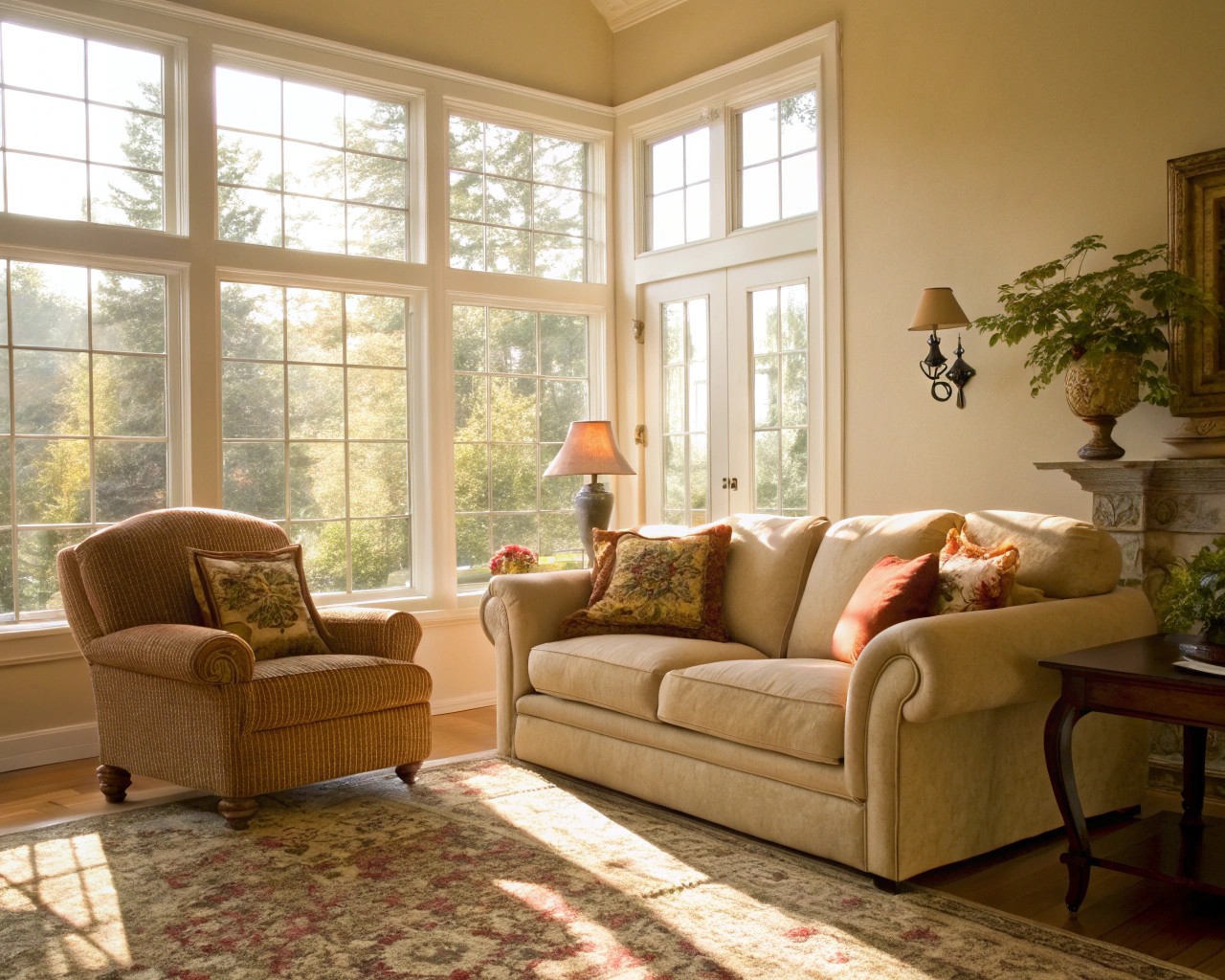
Traditionally, residential designs have emphasized evening relaxation-think cozy dens, dimmed lighting, and soothing palettes. However, emerging research highlights the profound influence of morning sunlight on regulating circadian rhythms. Color specialist Daniela Araya emphasizes that early exposure to sunlight acts as a natural cue for our internal clocks, enhancing alertness and emotional balance. The Sunrise Home concept challenges conventional norms by prioritizing spaces that invigorate and motivate during the crucial early hours.
How Morning Design Elements Impact Well-Being
| Design Feature | Physiological Impact | Psychological Effect |
|---|---|---|
| Windows facing east | Stimulates cortisol release | Facilitates natural awakening |
| Vibrant, warm hues | Boosts alertness | Elevates mood and drive |
| Use of organic materials | Enhances indoor air quality | Fosters connection to nature |
| Thoughtful spatial arrangement | Promotes physical activity | Minimizes cognitive overload |
| Seamless indoor-outdoor flow | Supports circadian regulation | Creates a sense of openness |
Strategic Orientation: The Cornerstone of Sunrise Homes
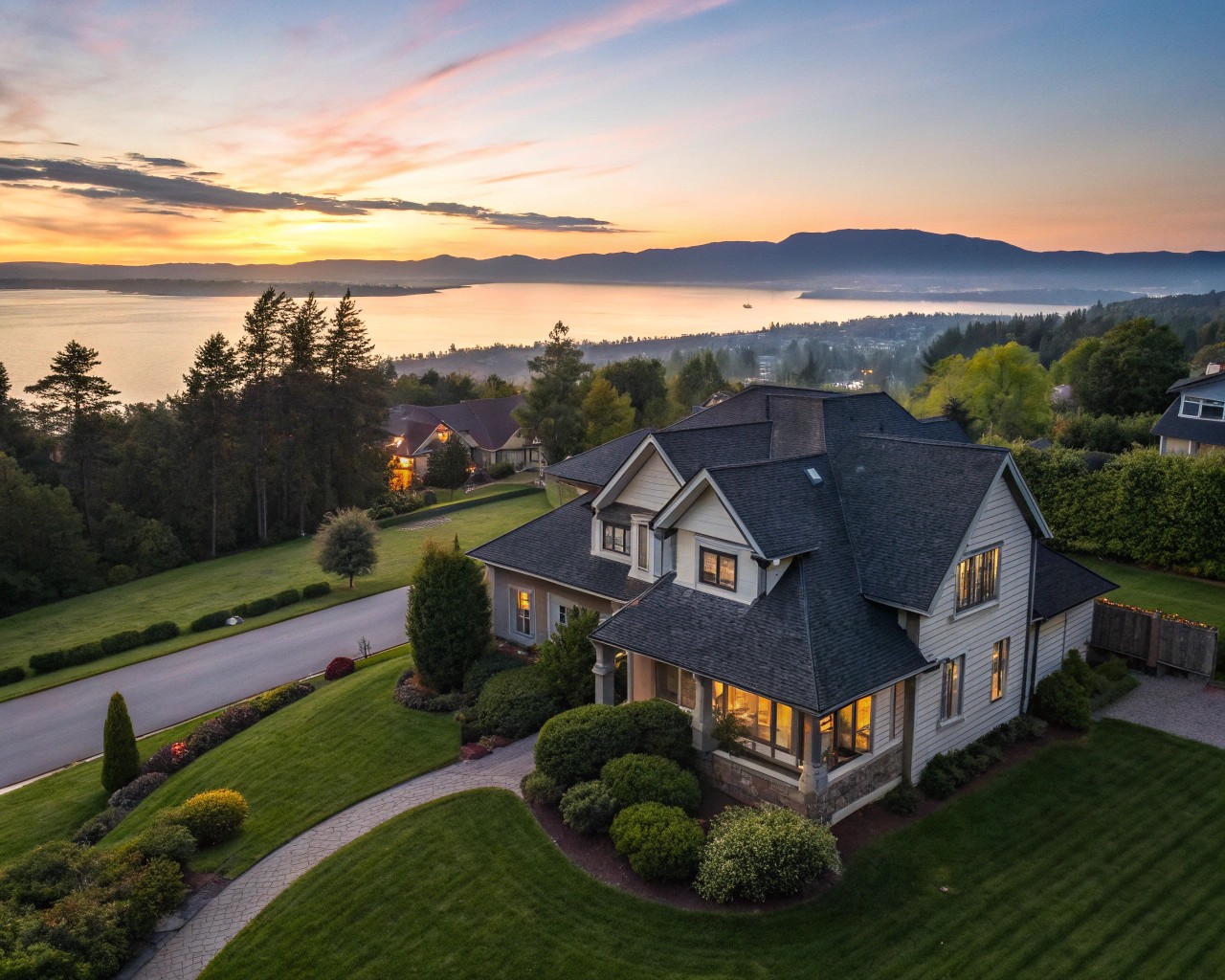
The orientation of a residence relative to the sun’s trajectory is fundamental in shaping its energy dynamics. When advising clients on new constructions, my initial inquiry is always: “Would you prefer to greet the sunrise or unwind with the sunset?”
For homes designed to capitalize on morning vitality, consider these orientation strategies:
- Locate primary living spaces on the northern side (for Northern Hemisphere homes) to ensure steady daylight throughout the day
- Incorporate east-facing windows in bedrooms and morning-use areas such as kitchens to capture the first light
- Design breakfast nooks and morning activity zones with direct eastern exposure
- Account for seasonal variations in sunlight angles when positioning fenestrations
- Utilize smaller, shaded windows on southern, western, and northern facades to balance heat gain and natural illumination
Example in Practice: The Sunrise Residence in Danang, Vietnam
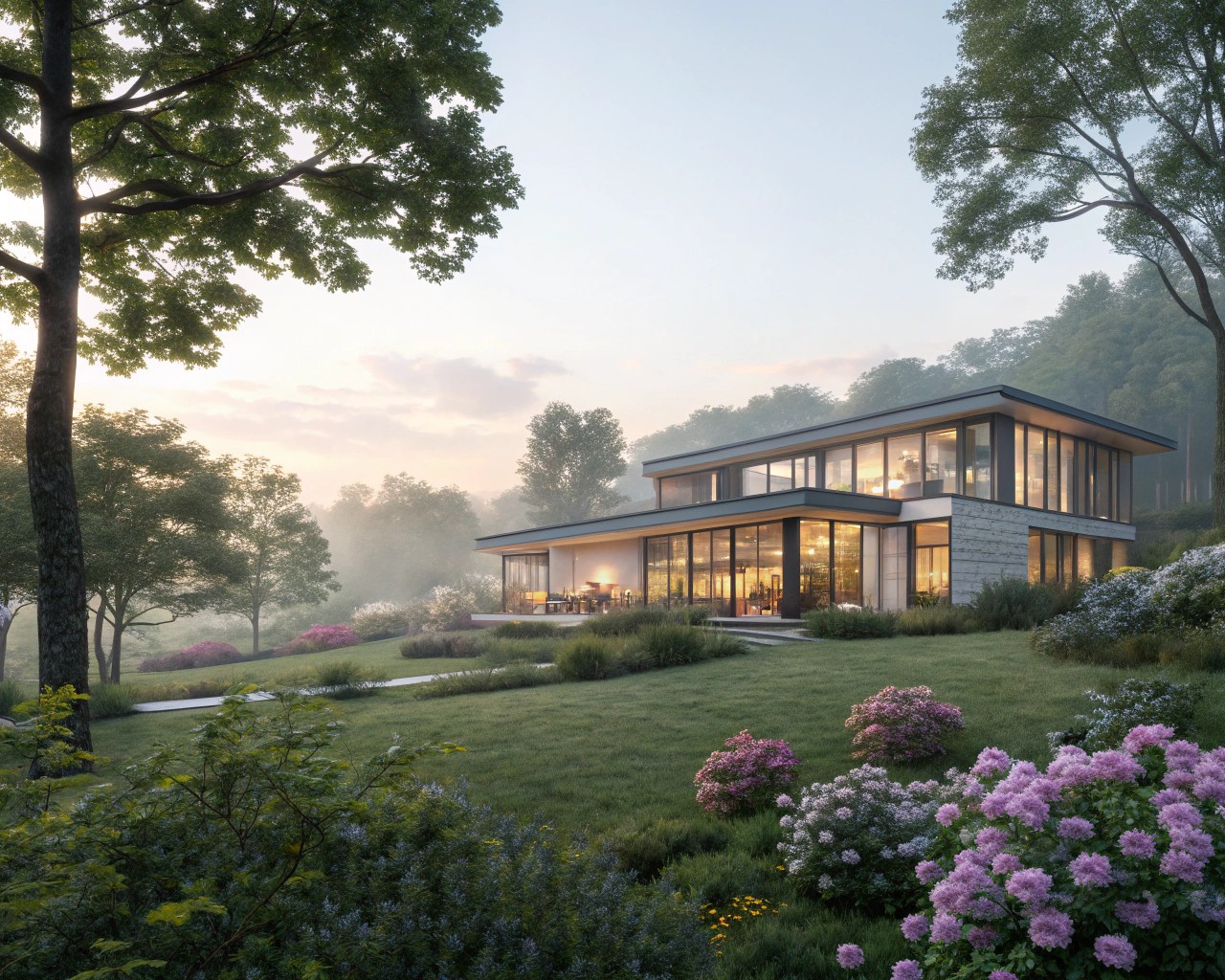
Located along the crescent of Danang Bay, the Sunrise Residence in Vietnam is a stellar example of morning-oriented architecture. The home’s elevated garden and living areas maximize panoramic views of the dawn over the beach. The architects skillfully integrated alternating voids and lush vegetation to ensure sunlight and sea breezes permeate every room.
This open-plan design, enriched with abundant greenery and natural illumination, creates an environment where occupants consistently benefit from the revitalizing effects of sunrise.
Interior Design Strategies to Boost Morning Vitality
The Role of Color in Energizing Morning Spaces
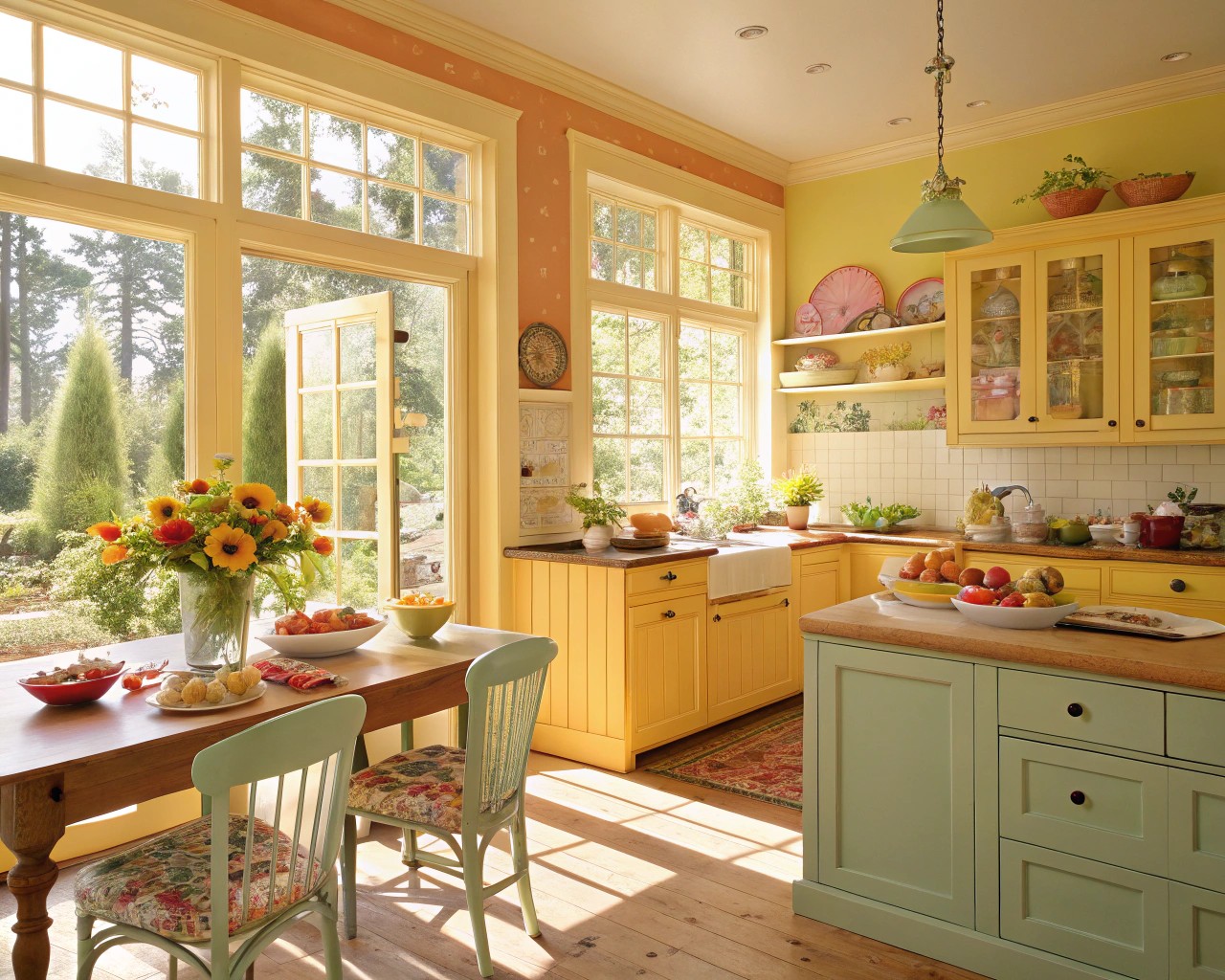
Color profoundly influences our energy and emotional state, particularly during morning hours. While warm tones like yellows and oranges are traditionally associated with awakening, certain shades of blue can also stimulate alertness contrary to their usual calming effect. In my experience, applying these colors as accents rather than dominant hues yields the best results.
Recommended Color Palette for Morning Energy:
- Golden Yellow: Evokes sunlight and warmth, ideal for bedrooms and morning spaces, as Daniela Araya highlights.
- Vibrant Blue: Select blue tones that invigorate rather than soothe.
- Refreshing Green: Connects occupants to nature and promotes vitality.
- Crisp White: Enhances light reflection and spatial openness.
- Soft Coral or Peach: Adds warmth without overwhelming intensity.
For those wary of bold colors, integrating these energizing shades through accessories or feature walls can subtly uplift morning spaces while maintaining a neutral base.
Textures and Materials That Enhance Alertness
The sensory qualities of materials within a home significantly affect how energized inhabitants feel. Natural elements not only improve air quality but also provide tactile variety that sustains mental engagement.
Incorporating wooden furnishings-even modest pieces like side tables or shelving-can elevate mood and foster a grounded atmosphere, according to interior design specialists.
Designing Purpose-Built Morning Areas
The Revival of the Morning Room
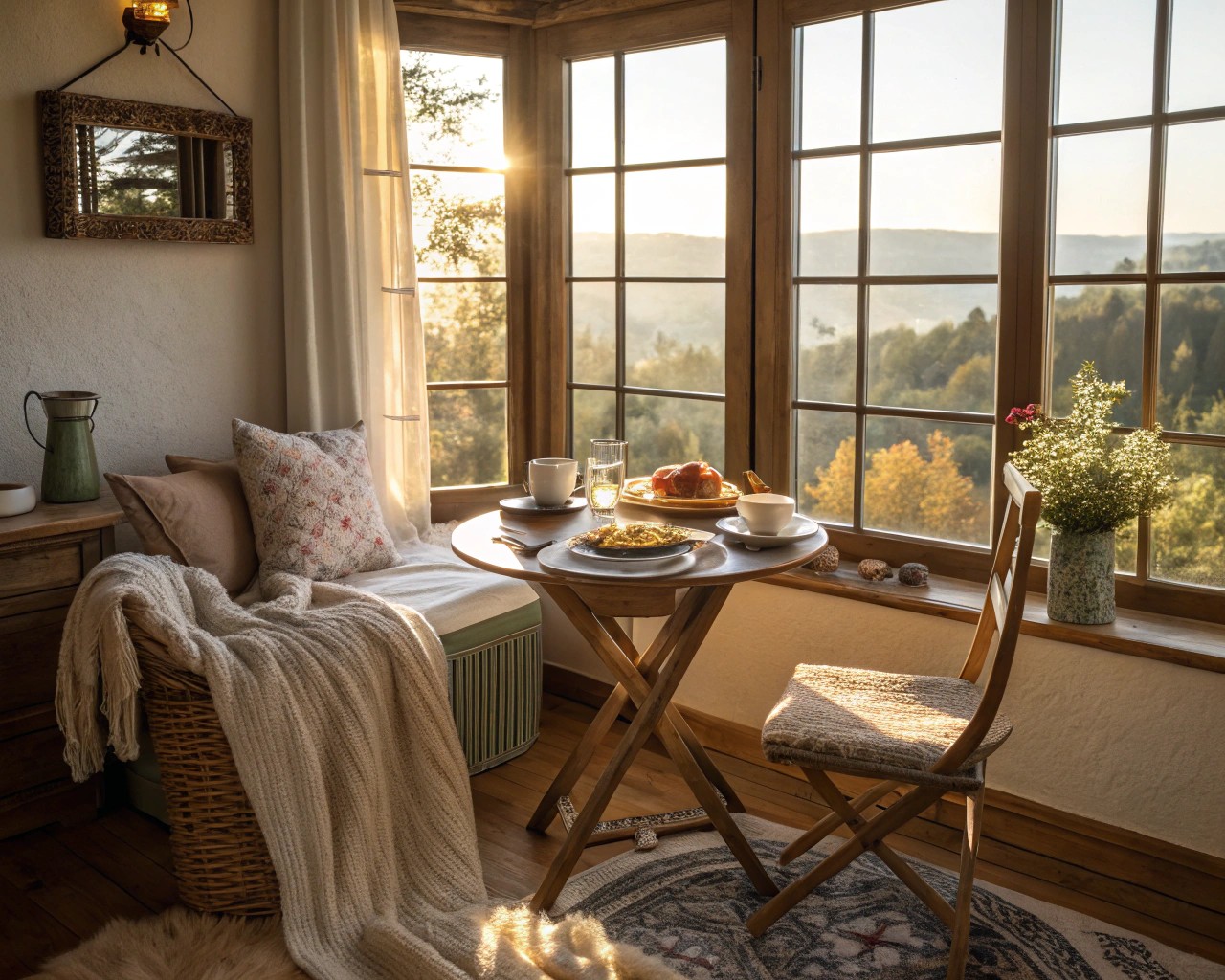
Modern home design is witnessing a resurgence of the classic “morning room.” In today’s hectic world, such spaces offer a sanctuary for calm and intentional beginnings, helping occupants start their day with clarity and energy.
Key features of an effective morning room include:
- Generous natural light from east-facing windows
- Ergonomic seating that encourages alertness rather than relaxation
- Minimalist décor to reduce distractions
- Visual and physical connection to outdoor elements
- Convenient access to morning essentials like coffee stations or breakfast areas
For example, I transformed a seldom-used formal dining room in Colorado into a versatile morning space featuring a cozy breakfast nook, a reading chair, and a small yoga corner. This redesign helped the family embrace earlier wake-ups and more purposeful mornings.
Designing Kitchens as Morning Energy Hubs
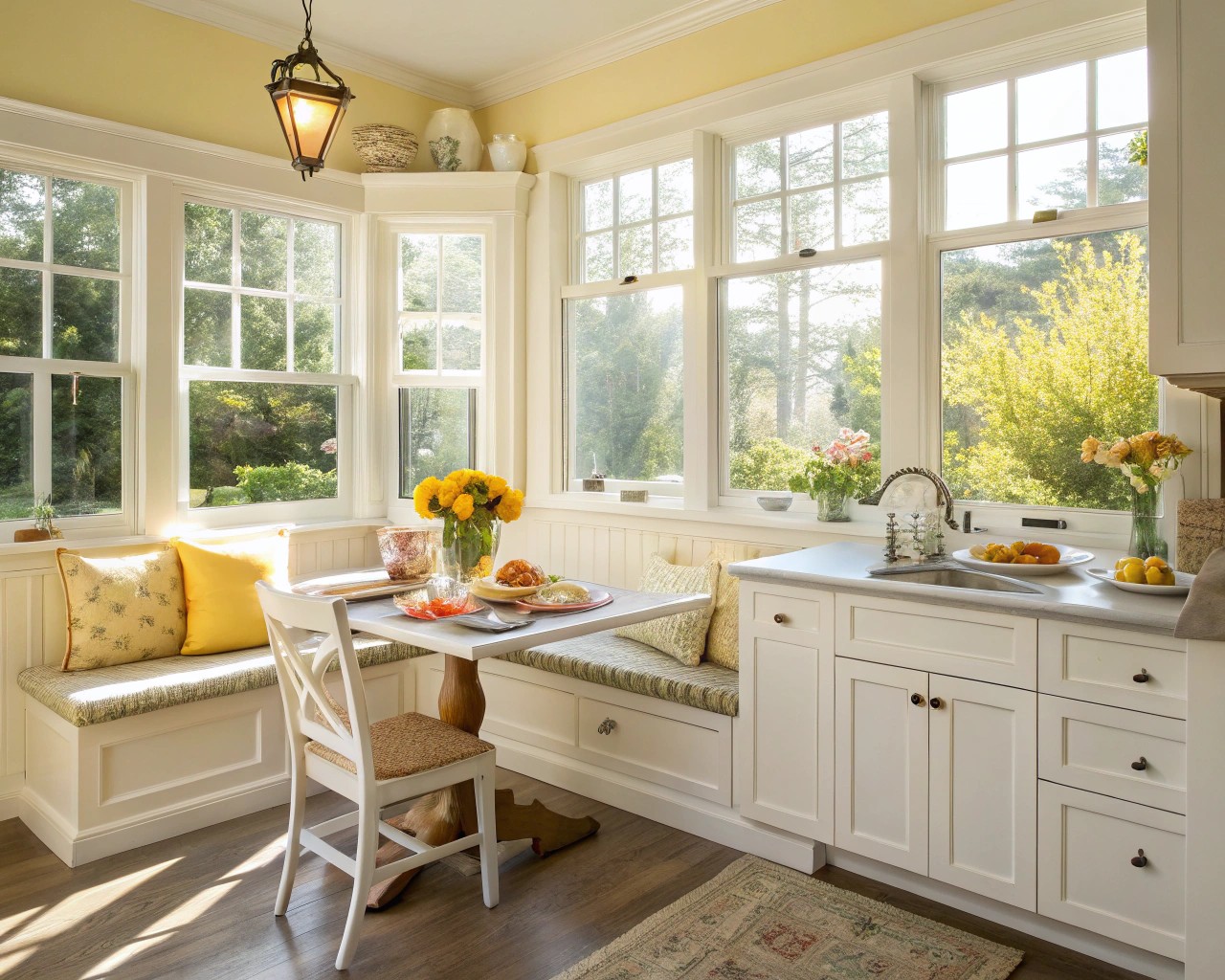
The kitchen often functions as the heart of morning routines. Designing it to maximize natural light and energy efficiency-both environmental and personal-creates a dynamic space that supports the start of the day.
Such kitchens allow family members to enjoy sunlight during breakfast while providing a practical layout that flows seamlessly through morning tasks.
Outdoor Design to Amplify Morning Vitality
Integrating indoor and outdoor environments is essential for sustaining morning energy. Landscape design plays a pivotal role in managing light, airflow, and sensory stimulation. For instance, deciduous trees on the northern side can moderate seasonal sunlight, while strategic plantings and fencing can direct refreshing breezes and shield from harsh winds.
Designing Gardens and Patios for Morning Use
When crafting outdoor spaces geared toward morning enjoyment, I focus on:
- Patios or breakfast areas oriented eastward to greet the sunrise
- Planting flowers that bloom in the morning to engage the senses
- Incorporating active water features like fountains to invigorate the atmosphere
- Creating pathways that encourage gentle morning movement
- Providing shade solutions that allow morning sun while mitigating heat in warmer climates
One memorable project involved designing a garden with multiple “morning moments”-small, intentional spaces such as a sunrise-facing meditation bench and an herb garden that releases fragrant oils as morning dew evaporates, encouraging clients to explore and energize throughout the early hours.
Harmonizing Morning Energy with Evening Comfort
Although this guide emphasizes morning vitality, most homes must accommodate diverse energy needs throughout the day. The key lies in creating environments that stimulate in the morning without causing overstimulation at night.
Dual-Function Design: Insights from the Sunrise-Sunset Residence
The Sunrise-Sunset Residence in Portola Valley demonstrates how to balance varying energy demands. Its layout features a pronounced east-west axis, with main living areas oriented toward western and northwestern vistas, while the master bedroom faces east.
This spatial strategy allows different zones to shine at different times, supporting both morning activation and evening relaxation. You can adopt similar principles by:
- Designating zones based on time-of-day activities
- Installing adjustable lighting systems that shift color temperature to match circadian needs
- Choosing versatile furniture that adapts to multiple functions
- Using window treatments to modulate natural light exposure
- Creating buffer spaces that transition between high-energy and calming areas
From Vision to Reality: Practical Steps for Implementation
Designing New Homes with Morning Energy in Mind
Building a home from the ground up offers unparalleled opportunities to embed Sunrise Home principles:
- Collaborate with architects versed in passive solar and biophilic design
- Orient key living spaces to maximize eastern sunlight
- Analyze the sun’s seasonal path specific to your location
- Plan layouts that naturally encourage morning movement and activity
- Integrate seamless indoor-outdoor connections in morning-use areas
Adapting Existing Homes for Morning Vitality
For those working with established residences, consider these actionable modifications to enhance morning energy:
- Shift primary living spaces to the northern side to capture consistent daylight
- Expand windows on north-facing rooms to increase natural illumination
- Reconfigure floor plans to optimize winter sun exposure and summer ventilation by adding or resizing windows and repositioning rooms
- Trim or replace vegetation that obstructs sunlight with deciduous species that provide seasonal benefits
- Repurpose rooms based on their natural light patterns rather than traditional functions
Real-Life Example: A Family’s Journey to Energy Awareness
Maria’s experience, highlighted in recent energy case studies, offers valuable lessons. As a working mother with a college student at home, she enhanced her household’s energy efficiency by monitoring appliance usage through an in-home display. This insight allowed her to favor less energy-intensive devices, such as choosing a lower-powered electric heater during colder months.
This mindful approach parallels morning energy design: by understanding which areas receive optimal morning light and which activities demand the most energy, you can tailor your home’s layout to support your family’s natural rhythms and daily needs.



